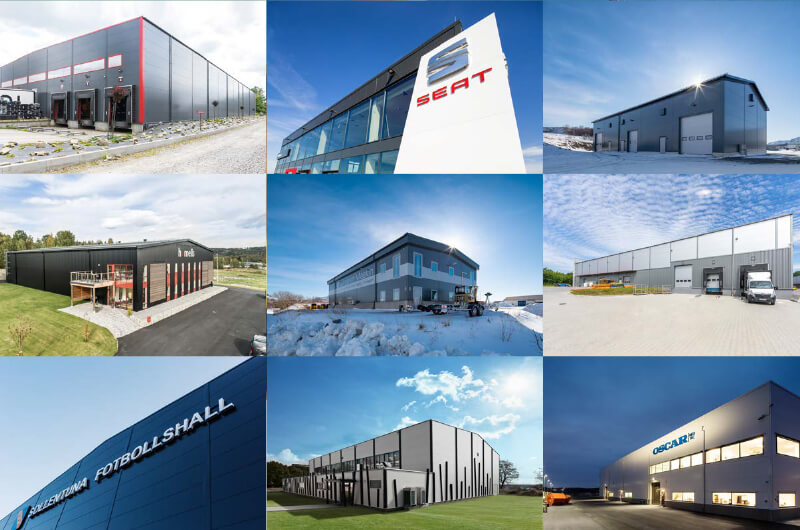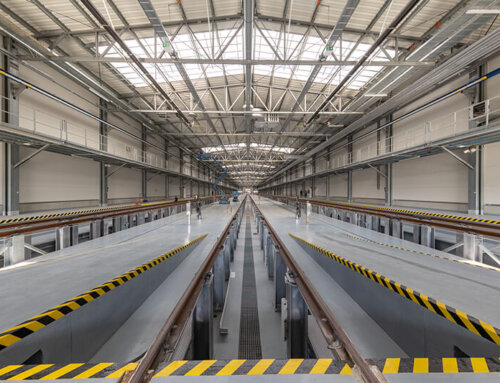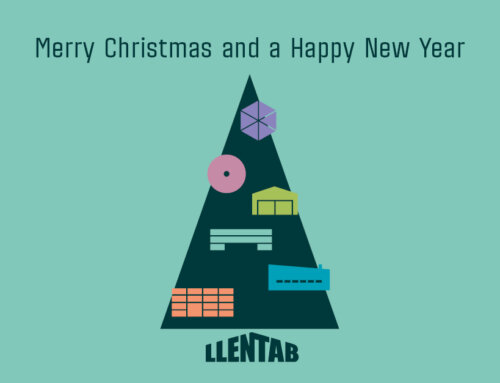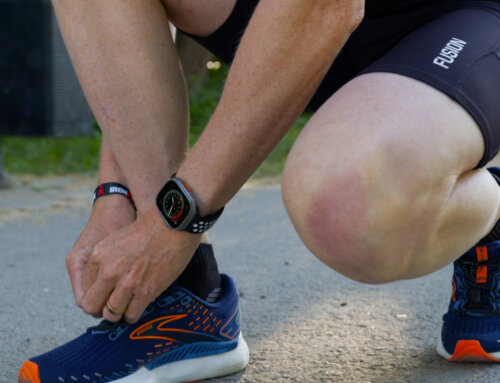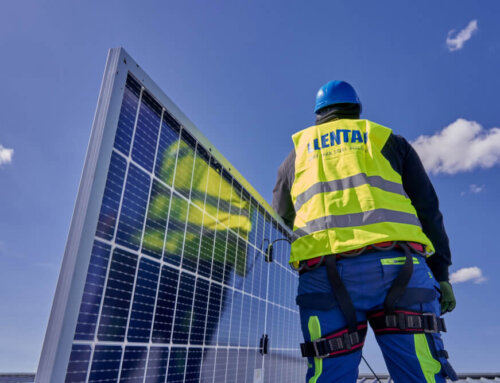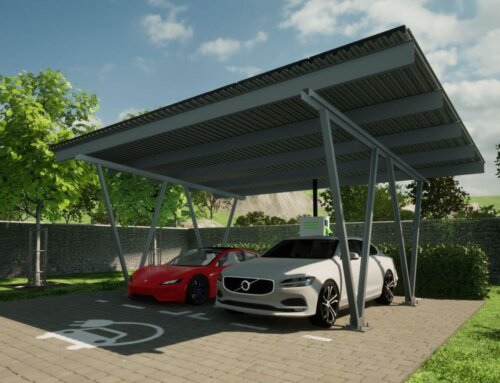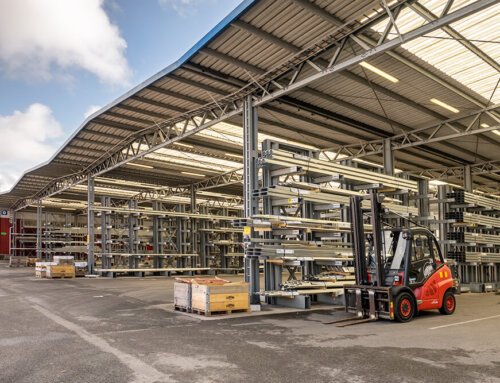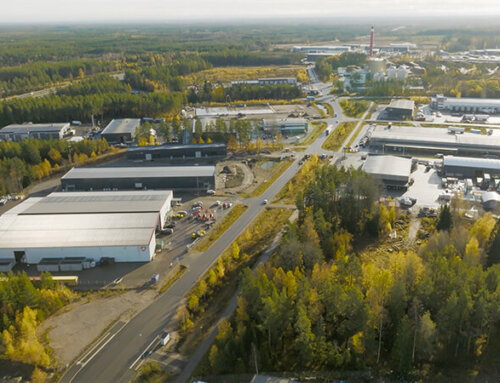
01 CONCEPT
The best thing about our concept is the utility that enables a LLENTAB steel hall to become just about anything: An indoor sports arena or a stable, an office complex or a factory. Today the average steel hall that we build is three to five times the size of the halls that we built in the 1980s. This reflects the attitude of modern society: It is better to have enough space to grow into for the foreseeable future, since real estate is not likely to become cheaper, and neither are construction services. Should there still be a need for adaptations and changes owing to new circumstances, the LLENTAB concept is the one that can most easily be modified.
Almost 50 years of constant building and developing has made us good at what we do and has left us with the ability to identify the factors that set us apart from other market performers. To the left we list a number of major and minor features and facts, in no specific order, that are important and inseparable parts of the LLENTAB concept.
You can learn more about the history of LLENTAB here, or more about technical information here.
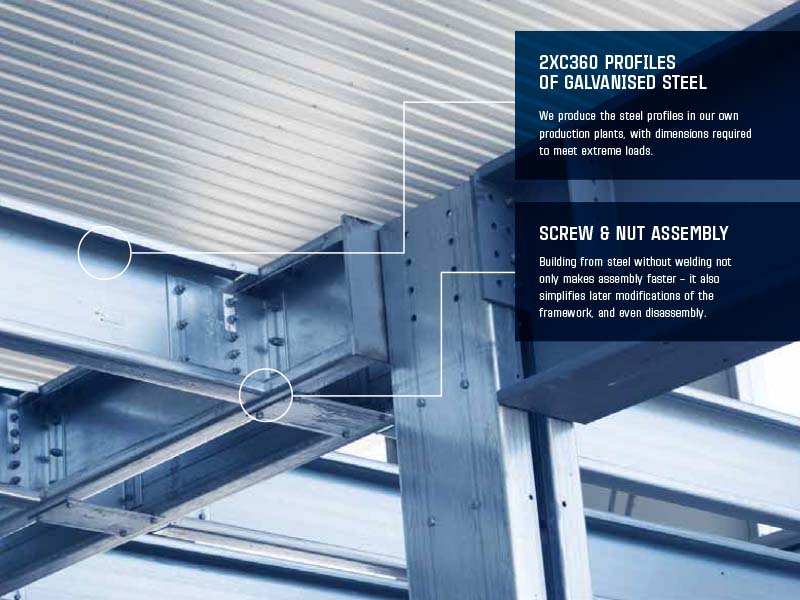
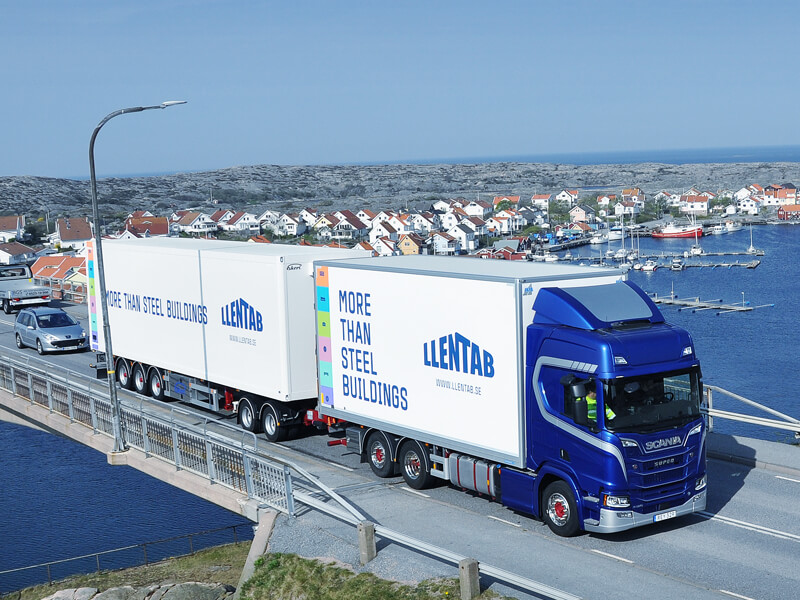
02 PROCESS
But we are getting a little ahead of ourselves: The LLENTAB process starts long before the production button is pressed. The first contact is often made months or even years before an agreement is reached.
At this initial stage, the designers and project managers at LLENTAB are not sitting idle; they actively drive the process forward by helping the future customer with information, drawings and necessary documents.
Once the contract is signed, the detailed construction planning starts, and from that point we can normally deliver a standard-size steel hall well within four months.
All components in the steel structure and the cladding come from our own facility, and most often we use our own skilled assembly staff to put the frame and the outer shell together. We take pride in keeping the process within our own organisation as far as the concept and the project allow.
03 PEOPLE
Of the approximately 420 people currently working at LLENTAB, more than 20% are designers who are highly experienced and focused on optimising every project in order to meet clients’ needs. We well understand that we are dealing with investments and values that will meet clients’ demands in terms of functionality and financial output for decades to come. A large share of LLENTAB’s people are involved in a “hands-on” capacity with the on-site assembly of our steel halls.
In other words, we are involved in each project from the very early planning stage right through to the final stage of construction.
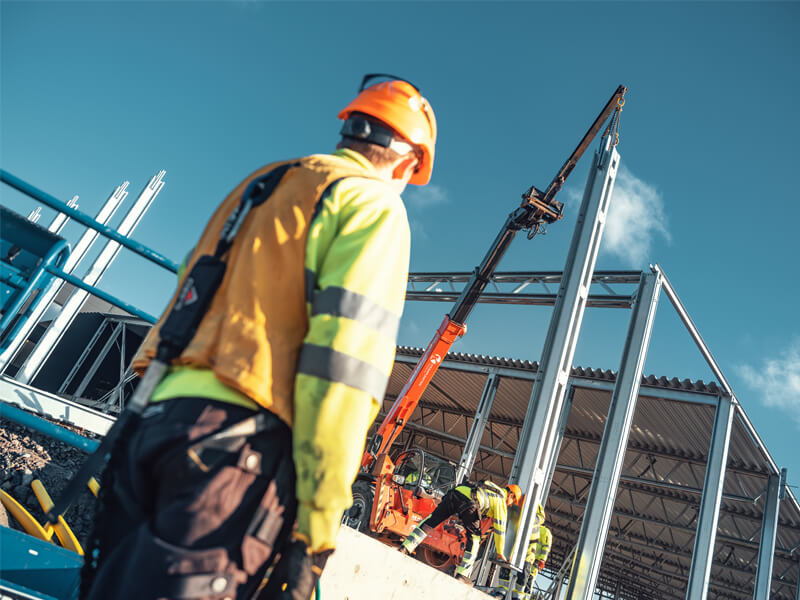
Storages
The space and span of LLENTAB buildings are the ideal solution for your storage.
Production
LLENTAB buildings are ideal as production plants combined with other spaces.
Agriculture
Stables and barns, garages for machines, crop and feed warehouses. Just examples.
Sport
Eternal summer or constant winter, the desired climate and space for your game.
Office
We build the majority of warehouses and production plants with office parts.
Retail
Generous and efficient space for presentation, sales as well as for staff and administration.
04 USEFULNESS
What happens inside a LLENTAB steel hall? Well, just about anything. You can take part in indoor sports, from climbing to ice hockey. You can manufacture things and you can store and sell things. Then you can the put administration on top of it all. The potential uses of a LLENTAB building are unlimited, but we can identify six major areas of use that cover most of the bases.
05 REFERENCES
Every year about 400 people decide to invest in a LLENTAB steel building. An increasing number of those are doing it for the second, third or fourth time. Having experienced the benefits and the ease with working with us, people are inclined to come back. It is not up to us to explain why our clients are satisfied with our delivery, we simply let them tell you in their own words in the following pages.
